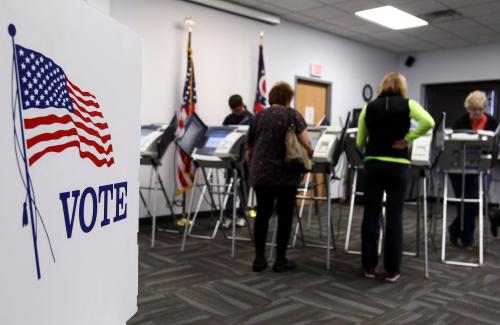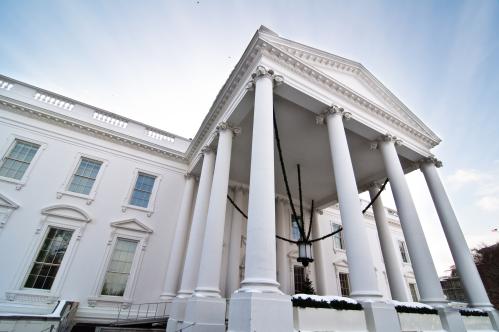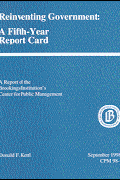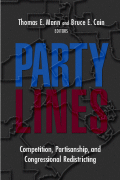Where and when presidents choose to travel are two highly strategic questions. While some events necessitate a presidential visit (e.g., natural disasters), other travel is purely discretionary. Where a president chooses to make a post-State of the Union trip, promote a policy or unveil a new federal program may well be selected on the basis of a locale’s support or interest in a particular presidential initiative. However, a far more strategic rationale was revealed in a previous Brookings analysis. This study revealed the integral role of electoral considerations and was supported by the disproportionate share of time presidents spent in swing states (the 16 states in which the presidential election winner won by less than 6% points in 1992 and 2000). Not surprisingly, over the course of a president’s first term, the percentage of time spent in these swing states significantly increases.
In an effort to place the Bush data in context, we compared his travel during the first three years of his administration to that of his predecessor, President Clinton. The comparison revealed that President Bush has both out-traveled and out-targeted his predecessor. In a continuing study of presidential travel, new data examine the fourth year of the president’s term, a point at which the campaign is in full swing. Our data reinforce our earlier findings. From January 1 through May 31, 2004, the President racked up 75 visits within 29 states. Of these 75 visits, 56% have been to swing states. By this point in the Clinton administration, President Clinton had made 58 visits in 25 states. Of these visits, 47% were to swing states.









